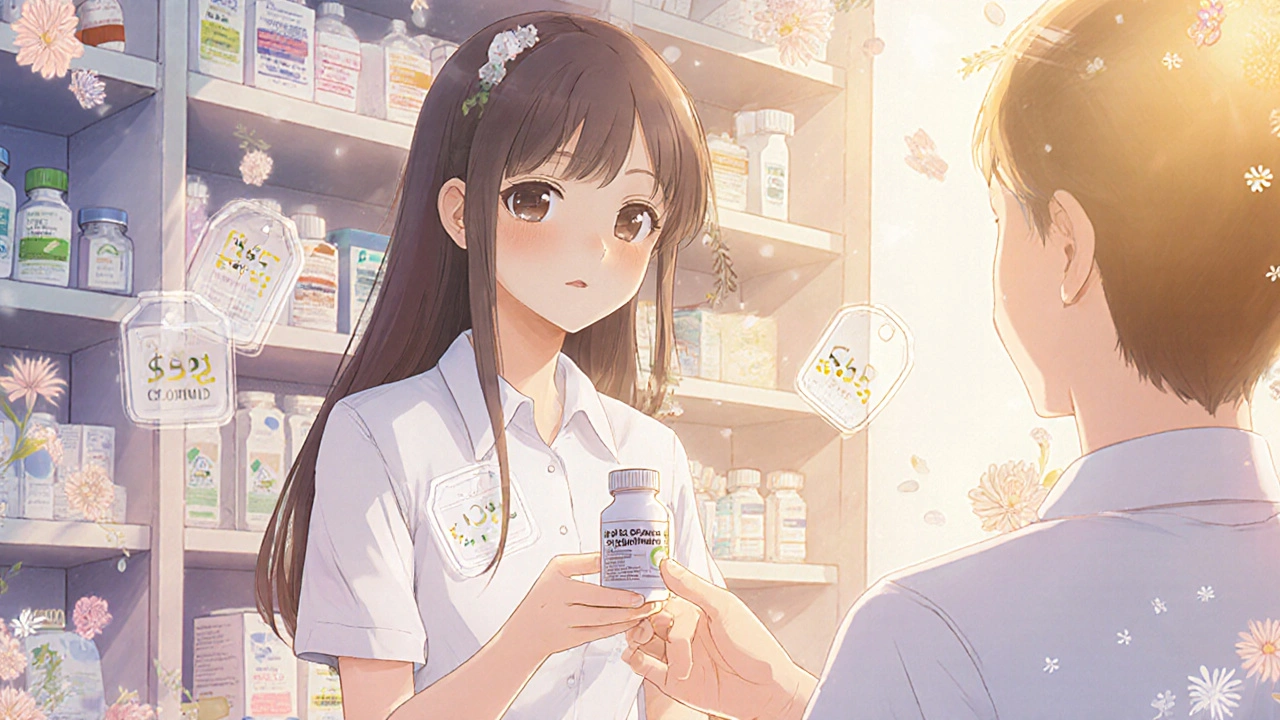
Most people don’t realize that the generic drugs sitting on their pharmacy shelf are the main reason their monthly insurance premiums haven’t exploded. Behind the scenes, health plans and pharmacy benefit managers (PBMs) have spent decades designing benefit structures that push patients toward these lower-cost alternatives. It’s not magic-it’s math. And it’s working.
Why Generics Are the Backbone of Cost Control
Generic drugs aren’t knockoffs. They’re FDA-approved copies of brand-name medications, with the same active ingredients, strength, and effectiveness. The only differences? The name, the color, and the price. On average, generics cost 80-85% less than their brand-name equivalents. In 2022, 91.5% of all prescriptions filled in the U.S. were for generics-but they accounted for just 22% of total drug spending. That’s the power of scale and competition.
Over the last decade, generic drugs saved the U.S. healthcare system more than $3.7 trillion. In 2022 alone, that number hit $370 billion. For patients, that means a 30-day supply of a generic blood pressure pill might cost $5 instead of $50. For insurers, it means fewer dollars spent on drugs, which helps keep premiums stable.
How Insurance Plans Push You Toward Generics
Insurance companies don’t just hope you’ll choose generics-they engineer the system to make it the easiest, cheapest option. Here’s how:
- Tiered formularies: Most plans divide drugs into tiers. Generics are almost always in Tier 1-the lowest cost tier-with copays as low as $0 to $10. Brand-name drugs? Tier 2 or 3, with copays of $25 to $100 or more.
- Mandatory substitution: In 49 states, pharmacists can swap a brand-name drug for a generic without asking your doctor, as long as it’s approved and allowed by your plan.
- Step therapy: If your doctor prescribes a brand-name drug, your plan may require you to try the generic first. Only if that doesn’t work will they approve the more expensive option. In 2023, 92% of Medicare Part D plans used this approach.
- Closed formularies: Some plans, especially in Medicare Advantage or Medicaid, don’t cover brand-name drugs at all if a generic exists. One Medicare HMO study found this cut brand-name use by nearly 30%.
These aren’t just suggestions. They’re rules built into your plan’s design. And they work. Employers using these strategies have seen 9% to 15% savings on drug spending without any drop in health outcomes.
The Hidden Costs: When Generics Don’t Save You
But here’s the catch: You’re not always getting the full savings. A 2022 study from the USC Schaeffer Center found that many patients are overpaying for generics-sometimes by $10 to $15 per prescription. Why? Because of how PBMs handle pricing.
PBMs act as middlemen between insurers, pharmacies, and drug makers. They negotiate rebates and discounts, but they don’t always pass those savings to you. In a practice called “spread pricing,” PBMs charge your plan a certain amount for a generic drug, pay the pharmacy less, and pocket the difference. So even if your copay is $5, the actual cost to the plan might be $3, and the pharmacy gets only $2. You’re still paying $5, and the savings are going to the PBM, not you.
Another issue is “copay clawbacks.” Some plans charge you a fixed copay for a generic, but if the drug’s actual price drops below that amount, the pharmacy gets reimbursed less. To make up the difference, the plan may require you to pay the difference out of pocket. It’s confusing, it’s unfair, and it’s legal.
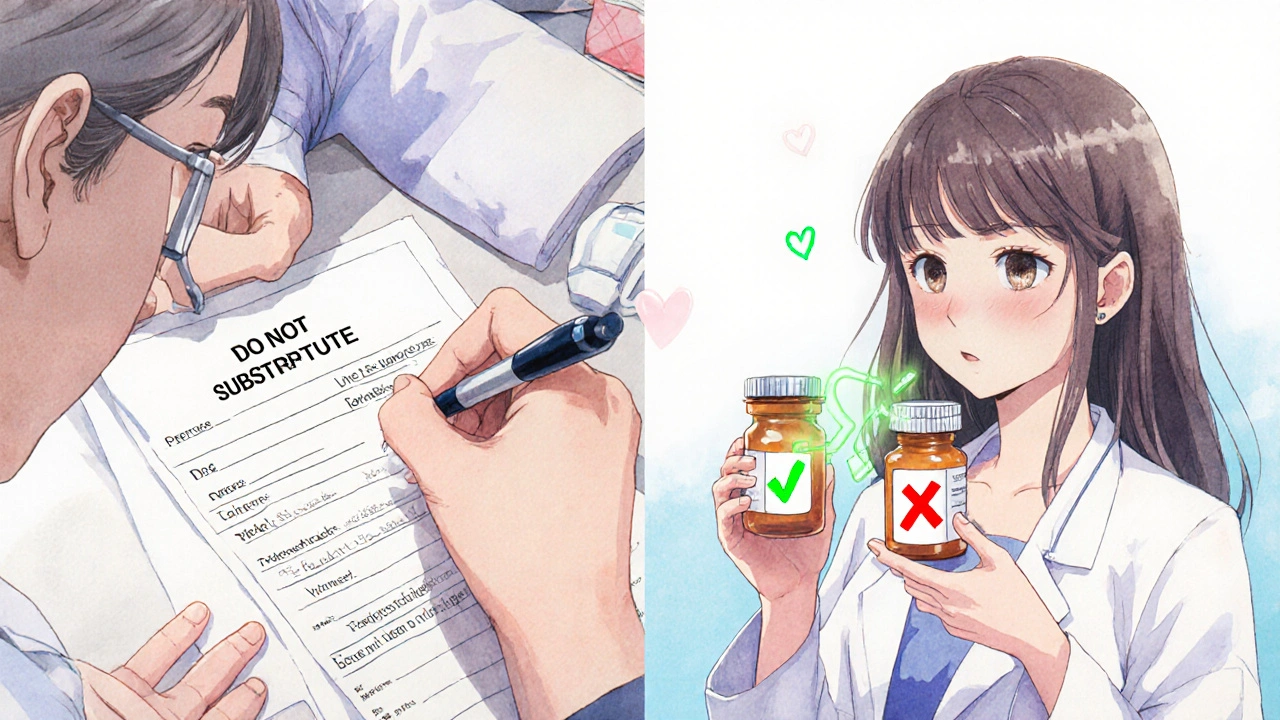
How Different Plans Compare
Not all insurance plans treat generics the same way.
| Plan Type | Generic Copay Range | Generic Dispensing Rate | Special Features |
|---|---|---|---|
| Medicare Part D | $0-$15 | 89% | Mandatory tiered formularies; $2,000 annual out-of-pocket cap since 2025 |
| Medicaid | Varies by state | 89.3% | Reimbursement capped at 250% of average manufacturer price; GENEROUS Model launching in 2026 |
| Commercial Employer Plans | $0-$10 | 87.1% | 97% use PBMs with generic-first strategies; HDHPs often have $0 generic copays before deductible |
| Direct-to-Consumer (e.g., Mark Cuban Cost Plus Drug Co.) | Up to 12% cheaper | N/A | Transparent pricing; no insurance needed; best for uninsured or underinsured |
Medicaid and Medicare Part D have the highest generic use rates, thanks to federal rules and price caps. Commercial plans are close behind, especially as more employers adopt high-deductible plans with Health Savings Accounts (HSAs). These plans often waive the deductible for generics entirely-meaning you pay nothing out of pocket for them, even before you’ve met your deductible.
What Patients Are Saying
On Reddit, one user wrote: “My generic copay went from $5 to $0 last month. Anyone else?” The thread had 142 comments. Eighty-seven percent said yes-and praised the change.
But not everyone is happy. A Kaiser Family Foundation survey found that 22% of Medicare beneficiaries had trouble getting their doctor to approve a brand-name drug when a generic was required. Fourteen percent said their doctor had to file multiple appeals.
Some patients report side effects after switching to generics. A 2023 Medscape poll found 31% of doctors had patients who experienced issues-like headaches, dizziness, or changes in effectiveness-after being switched by their insurer. It’s rare, but it happens. That’s why doctors often fight back, writing “Do Not Substitute” on prescriptions.
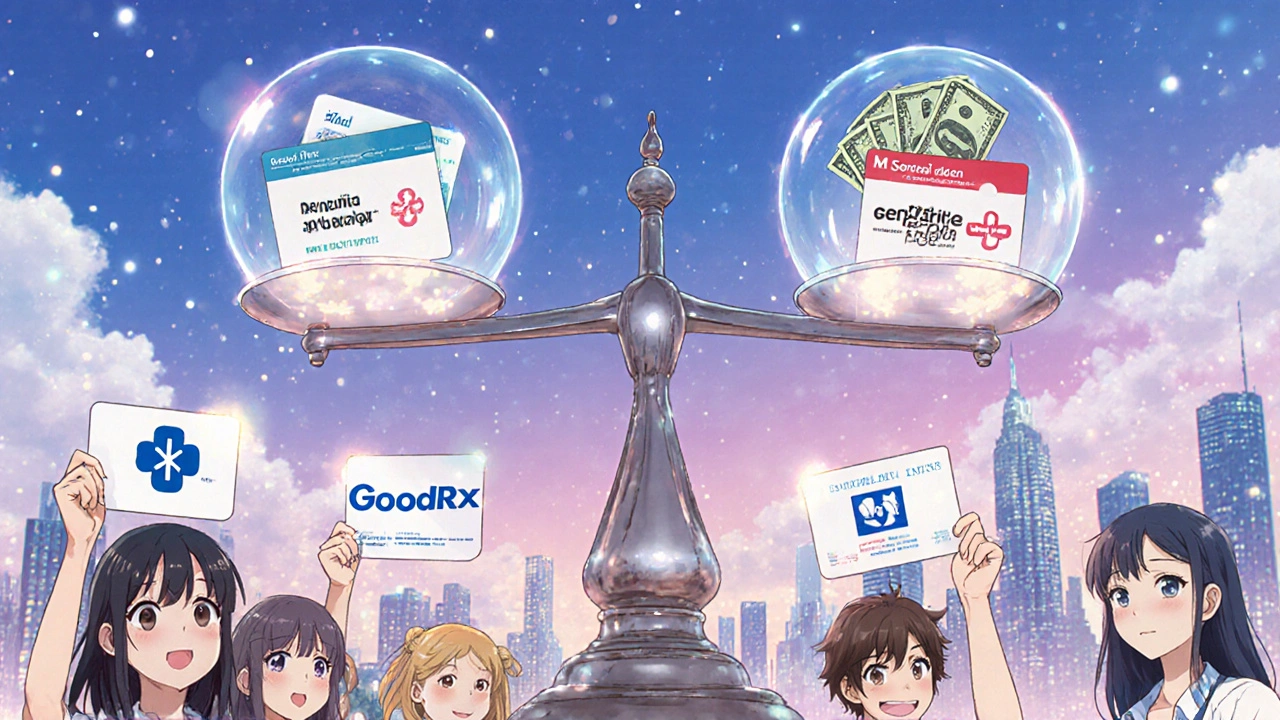
The Bigger Picture: Reform Is Coming
The system isn’t broken-it’s just opaque. That’s changing.
The Inflation Reduction Act, passed in 2022, gave Medicare the power to negotiate prices for 10 high-cost drugs starting in 2026. The Congressional Budget Office estimates this will save $98.5 billion over 10 years. The new Medicare out-of-pocket cap of $2,000 per year, active since January 2025, also changes the game. Seniors now have more incentive to use generics because every dollar saved counts toward hitting that cap.
States are stepping in too. The new CMS GENEROUS Model, launching in 2026, will let Medicaid programs negotiate lower prices for generics and require uniform coverage rules. It could save $40 billion over a decade.
Meanwhile, companies like Mark Cuban Cost Plus Drug Company are cutting out the middleman entirely. They sell 124 generic drugs at transparent, cost-plus prices-no insurance needed. In 2023, patients saved an average of $4.96 per prescription. For those without coverage, it’s a lifeline.
What You Can Do
You don’t have to wait for reform to save money. Here’s how to take control:
- Check your plan’s formulary. Every insurer publishes it online. Look for the generic version of your drug and its copay.
- Ask your pharmacist: “Is there a generic? What’s my out-of-pocket cost with and without insurance?”
- Use tools like GoodRx or the Mark Cuban Cost Plus Drug Company to compare cash prices. Sometimes paying cash is cheaper than using your insurance.
- If your doctor prescribes a brand-name drug, ask: “Is there a generic? If not, why?”
- Review your Explanation of Benefits (EOB). Starting in 2025, insurers must show exactly how much they paid for your drug, how much you paid, and what the PBM kept.
Generics aren’t the enemy. They’re the solution. But the system that delivers them needs more transparency. Until then, knowing how your plan works gives you power-and savings.
Are generic drugs as safe and effective as brand-name drugs?
Yes. The FDA requires generics to have the same active ingredients, dosage, strength, and route of administration as the brand-name version. They must also meet the same strict standards for quality, purity, and performance. The only differences are inactive ingredients (like fillers or dyes) and packaging. For 9 out of 10 people, generics work exactly the same way.
Why does my generic drug cost more than last year?
Even generics can go up in price. This usually happens when there’s a shortage, fewer manufacturers make the drug, or the PBM changes its pricing structure. It’s not always the pharmacy’s fault. Check your Explanation of Benefits to see if your insurer changed the reimbursement rate. If your copay increased but the drug’s price didn’t, your plan may be shifting costs to you.
Can I refuse a generic drug if my insurance requires it?
Yes. You can ask your doctor to write “Do Not Substitute” on the prescription. But if you do, you’ll likely pay the full brand-name price-unless you appeal. Some plans allow exceptions for medical reasons, like allergies or documented side effects from the generic. Your doctor must provide documentation.
Do all insurance plans cover generics the same way?
No. Medicare Part D, Medicaid, and commercial plans all have different rules. Medicare uses standardized tiers, Medicaid has state-level price caps, and commercial plans vary widely. Some charge $0 copays for generics, others charge $10. Some require step therapy, others don’t. Always check your plan’s formulary and cost-sharing rules before filling a prescription.
What’s the difference between a PBM and my insurance company?
Your insurance company pays for your coverage. The PBM (like CVS Caremark or Express Scripts) manages your drug benefits. They negotiate prices with drug makers, set up formularies, and decide which drugs are covered and how much you pay. They’re the middlemen-and they often keep the difference between what your plan pays and what the pharmacy gets. That’s why your out-of-pocket cost doesn’t always match the drug’s real price.
If you’re paying more than $10 a month for a generic drug, you’re likely overpaying. Compare prices. Talk to your pharmacist. Ask your doctor. You have more power than you think.

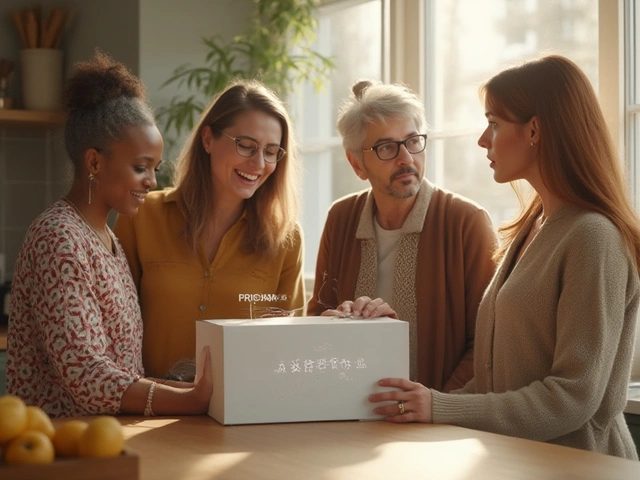
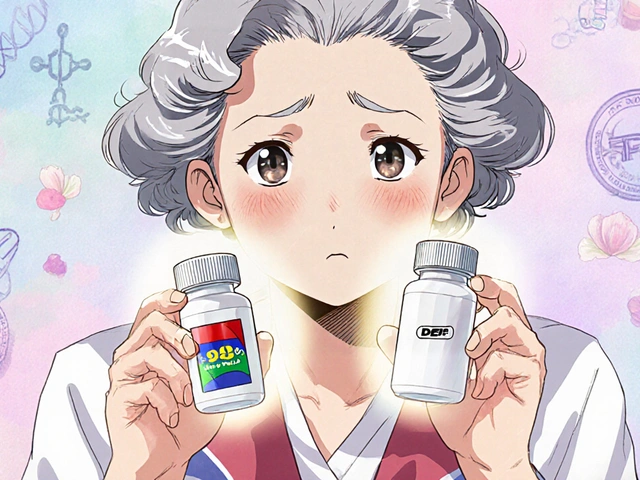

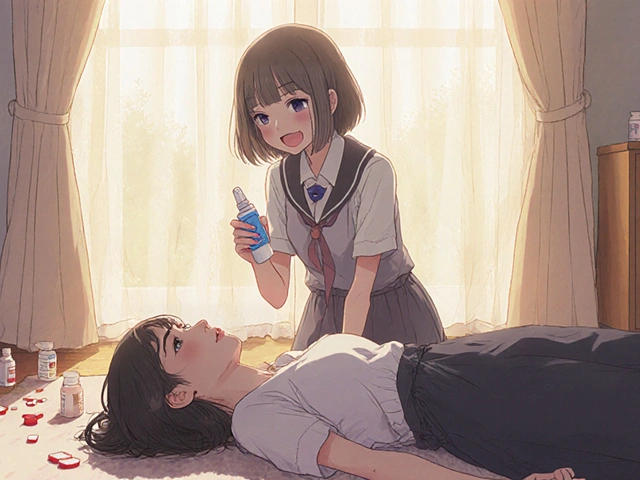
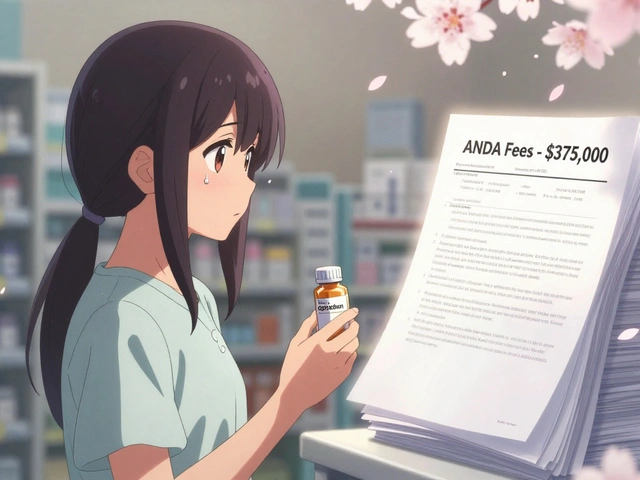
There are 15 Comments
seamus moginie
Generics are the only reason I can afford my antidepressants. I used to skip doses because the brand cost $120. Now? $3. I’m not grateful-I’m just alive.
Dana Dolan
Wait, so PBMs are literally profiting off my $5 generic copay? That’s insane. I thought insurance was supposed to protect me from this stuff. 😅
Joe Durham
I’ve been on a generic blood pressure med for 8 years. Never had an issue. My doctor says 90% of the time, the ‘side effects’ people report are just anxiety about switching. But I get it-if you’ve been on the same pill for 15 years, even a tiny change feels like betrayal.
Christopher K
Of course the system’s rigged. Big Pharma owns Congress. PBMs own the pharmacies. And we’re the suckers paying $5 for a pill that costs $0.75 to make. Welcome to American healthcare-where the only thing cheaper than generics is your dignity.
Dion Hetemi
Let’s not pretend this is altruism. Insurers push generics because it’s cheaper for THEM, not you. The $370 billion saved? That’s not your money-it’s their profit margin. And when they cut your copay to $0, it’s because they found a way to squeeze the pharmacy harder, not because they care about you.
Kara Binning
I switched to a generic for my thyroid med and started having panic attacks. My doctor said, ‘It’s probably psychosomatic.’ I said, ‘My body didn’t agree.’ They made me pay $87 out of pocket to go back to the brand. I cried in the pharmacy parking lot. This isn’t healthcare. It’s extortion with a smile.
river weiss
For anyone confused about PBMs: think of them as middlemen who negotiate bulk discounts, then charge you more than the actual cost. They don’t set prices-they manipulate them. Transparency laws are coming, but until then, use GoodRx. Always. It’s not cheating. It’s survival.
Zac Gray
Here’s the real story: generics work 99% of the time. But when they don’t, it’s not because they’re ‘inferior’-it’s because your body’s chemistry is finicky. Some people metabolize fillers differently. That’s why doctors fight for ‘Do Not Substitute’-not because they’re anti-generic, but because they’ve seen the rare, real cases where it breaks someone. The system needs nuance, not just math.
Ellen Calnan
It’s funny how we call them ‘generics’ like they’re ordinary. But they’re not. They’re the unsung heroes of modern medicine. Without them, millions would go untreated. We don’t thank them. We don’t even know their names. We just take them. And that’s the tragedy: the most important drugs are the ones we take for granted.
Richard Risemberg
My mom’s on 7 different generics. She calls them her ‘little white soldiers.’ She’s 78. She’s alive. She’s grateful. And she doesn’t know about PBMs. Maybe we should be fighting for her to know-and for the system to stop stealing from her.
Andrew Montandon
Check your EOBs. Seriously. I did, and I found out my insurer paid $1.20 for my generic statin-but charged me $10. I called them. They refunded me $8.80. It took 17 minutes. You can do this. You’re not powerless.
Sam Reicks
Generics are a government conspiracy to control the population. The FDA approves them because they’re owned by the same corporations that make the brand names. The real drugs are in the black market. You think your blood pressure pill is working? You’re being lied to. Ask your pharmacist about the ‘missing batches’
Chuck Coffer
You people are naive. PBMs aren’t the problem. The problem is you. You don’t read the fine print. You don’t shop around. You don’t ask questions. You just accept the $5 copay like it’s a gift. That’s not victimhood. That’s laziness. And it’s why this system keeps working.
Brian Rono
Generics are a scam. The FDA only requires ‘bioequivalence’-not ‘identical effect.’ I switched from brand Adderall to generic and lost six months of productivity. My brain felt foggy. My therapist said I was ‘resisting change.’ I’m not resisting-I’m surviving. And now I pay $180/month out of pocket because I refuse to be a lab rat. The system doesn’t care if you’re functional. It only cares if you’re cheap.
Brian Rono
Interesting. You say generics are safe. But you’re not the one who spent 18 months trying to get your doctor to override the PBM’s refusal to cover the brand. You’re not the one who had to submit 3 appeals, 2 letters of medical necessity, and a notarized affidavit from your neurologist just to get your original prescription back. I’ve been fighting this for years. You call it math. I call it bureaucratic torture.
Write a comment
Your email address will not be published. Required fields are marked *